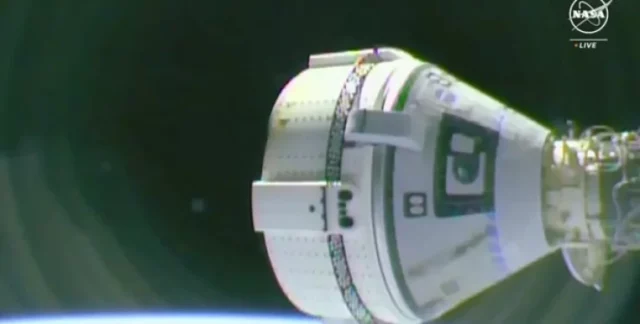Challenges Facing the Boeing Starliner: Delayed Return of Crewed Mission
The much-anticipated return of the Boeing Starliner spacecraft has hit a roadblock due to some unexpected technical issues. Initially set to bring NASA astronauts Barry Wilmore and Sunita Williams back to Earth, the mission’s return has been postponed, allowing these brave explorers to continue their important work aboard the International Space Station (ISS). But what does this mean for the future of space travel? Let’s delve into the details.
Understanding the Technical Hurdles
The postponement stems from critical challenges, notably helium leaks and engine malfunctions. To put it simply, imagine driving a car that occasionally sputters and leaks coolant. You wouldn’t rush back home without addressing the issue, right? Similarly, the decision to keep Starliner at the ISS reflects a commitment to safety rather than a rush to completion.
Specifically, four out of five engines on the Starliner showed signs of overheating. This alarming discovery raised legitimate flags regarding the spacecraft’s overall safety and reliability. Just think: if a car’s engine overheats, that could lead to a breakdown. In the realm of space travel, the stakes are even higher, and engineers are taking extra precautions.
Going Deeper: The Importance of Thorough Analysis
Preliminary tests have highlighted that engine overheating is a critical factor contributing to these malfunctions. According to NASA, understanding the root cause of these issues is paramount for ensuring a safe and successful return for the crew. Engineers are essentially detectives, examining every detail to solve the mystery of what went wrong.
To illustrate, recall the case of the Space Shuttle Challenger disaster. Following that tragedy, NASA promised to never overlook issues of safety again, implementing rigorous testing and problem-solving approaches. In the same vein, both NASA and Boeing are applying these hard-earned lessons in their current analysis, ensuring they adhere to the highest safety standards for all future missions.
Looking Ahead: What This Means for Space Travel
The ongoing scrutiny of the Starliner mission reflects a larger trend in space exploration—a commitment to learn from past experiences. A recent report by the Space Foundation indicated that the global space industry is projected to reach $1 trillion within the next decade, highlighting the importance of safety and reliability in this booming field.
Furthermore, breakthroughs in technology—from materials science to AI—are reshaping how we address potential issues before they escalate. For instance, the integration of advanced predictive algorithms could help engineers quickly identify potential failures in spacecraft systems, minimizing the risk of malfunctions during critical missions.
Conclusion: A Commitment to Excellence
While the delay of the Starliner’s return may seem frustrating, it ultimately signifies a dedication to ensuring the safety of astronauts and the success of future missions. Like any complex endeavor, space travel comes with its unique challenges and requires teamwork, vigilance, and a constant quest for improvement.
As we collectively watch the future of space exploration unfold, let’s remain optimistic and supportive of the brilliant minds working tirelessly to overcome these hurdles. Because in the world of space travel, every setback paves the way for a leap forward in innovation and discovery!





